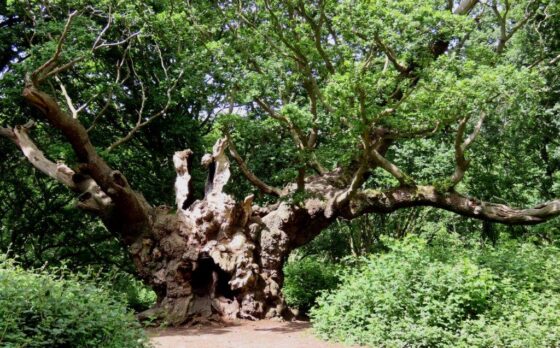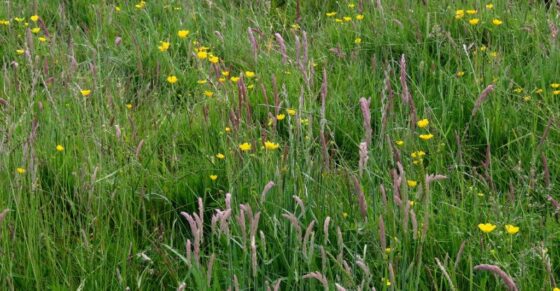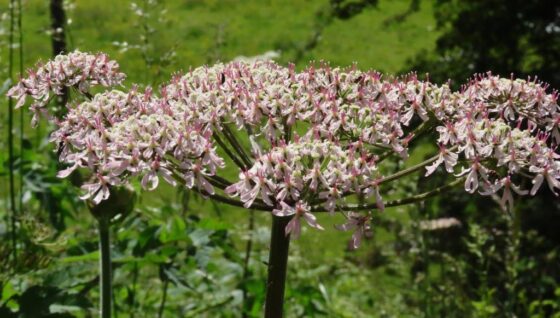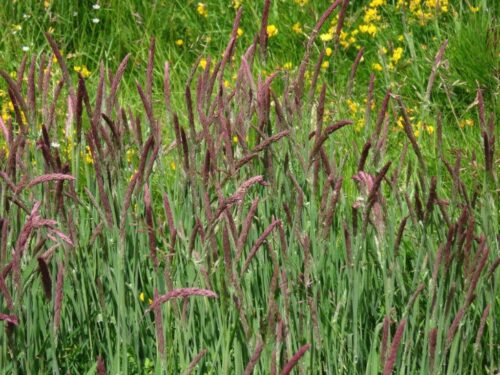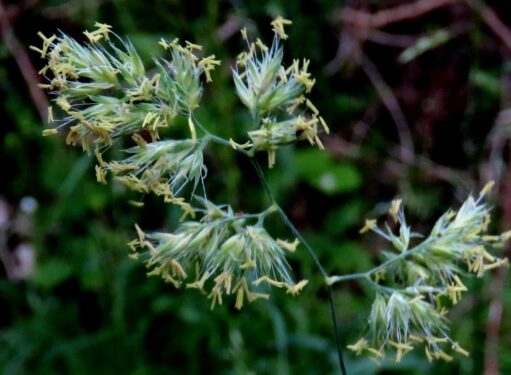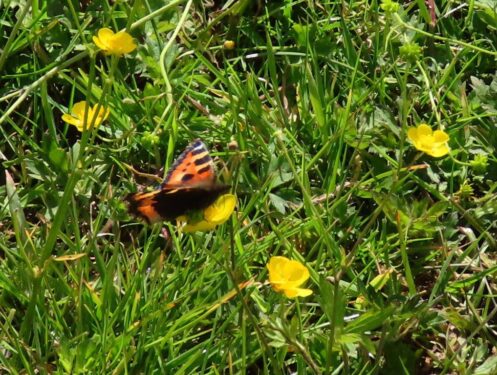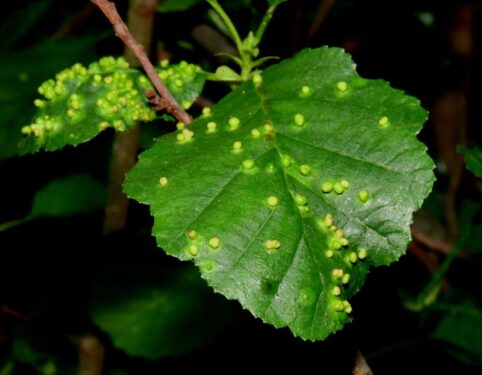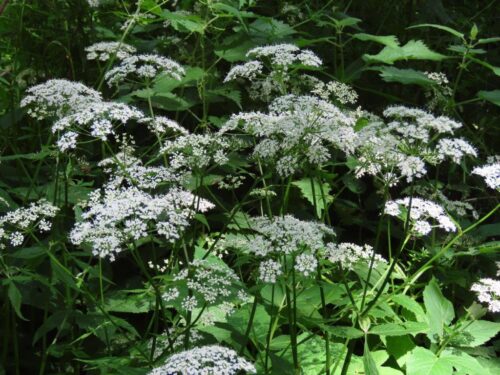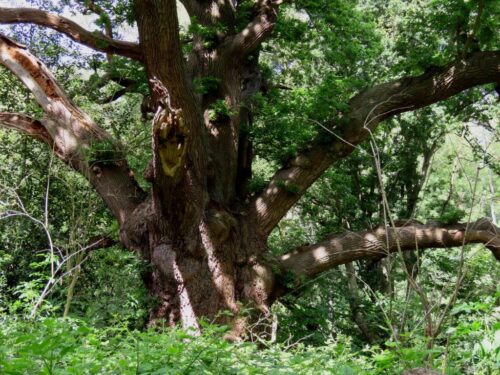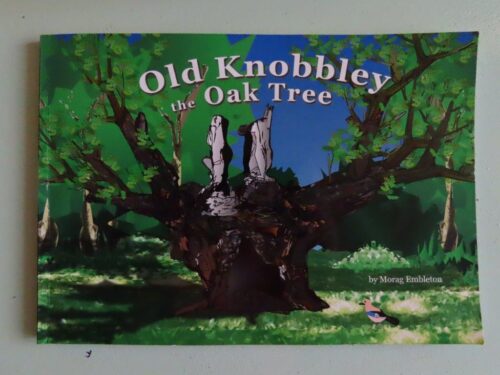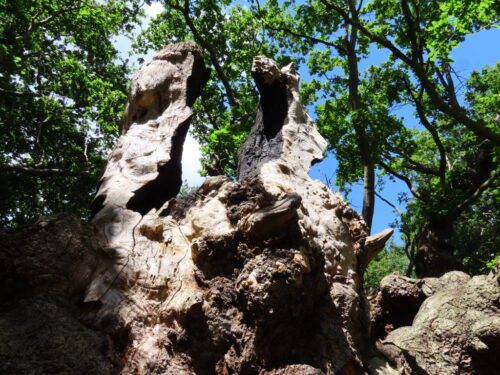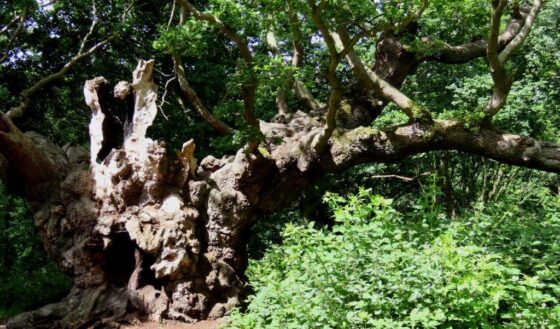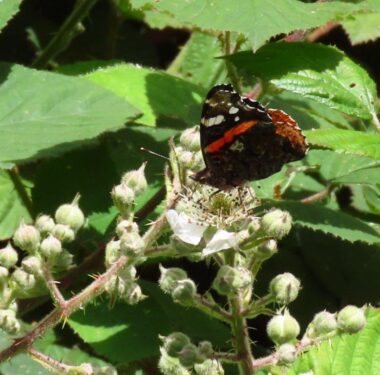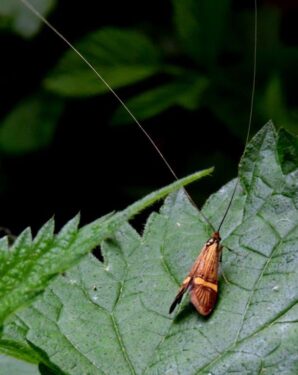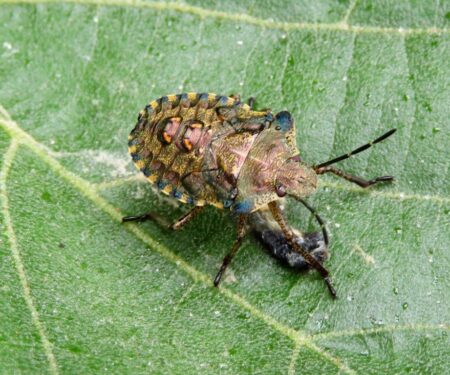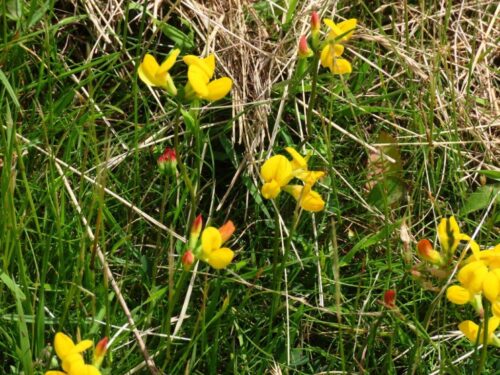A gorgeous day blessed our walk at Mistley today. What contrast to our Wrabness trip a month before!
Several of us ( including the special co-leader, Eleanor) arrived by train and immediately tucked into a good coffee and cake from the Zero Waste van-man at Mistley Station. When all were assembled we set off through Edme works (with that distinctive malty smell permeating the air), under the railway line and into the first of our varied habitats – a field used sometimes to graze cattle, but today was just full of Meadow Buttercups and other wild flowers, such as new-sprung Hogweed flowers round the margins and fungi sprouting on the sites of now long-gone cowpats.
And of course there was also the grasses, many species in fresh flower, and both diverse and beautiful as shown by this Cock’s-foot and Yorkshire-fog.
A Small Tortoiseshell skipped between buttercups, and the big old parkland trees held both Jackdaws and Rooks, whose cawing rose to a crescendo as a Raven swept in (no doubt on the lookout for an easy chick meal) – a dramatic addition to the Essex skyscape over the past five years.
At the foot of Furze Hill, the local springs that led to the 18th century marketing of Mistley Thorn as a spa town coagulate into a streamline fringed with massive Alder trees, harbouring singing Wrens, Blackcaps and a Song Thrush. The leaves were covered in the small galls of the microscopic mite Eriophyes laevis.
A pleasant walk along a leafy lane ensued (welcome shade!) – many wayside and woodland flowers to be admired, from blue Alkanet and Germander Speedwell, to yellow Wood Avens and white Cow Parsley (going over) and Ground Elder (freshly out), along with many Nettles supporting a myriad of insect life.
After a short walk through a woodland clearing we arrived on to the rec ground where we divided into two groups. Eleanor and Granny went to spend a happy hour on the swings whilst the more ‘grown-up? 😊’ ones enjoyed a walk through the woodland, admiring the natural beauty, in particular the ancient trees.
Of these Old Knobbley was, of course, the star attraction. According to a rather lovely book by Morag Embleton ‘Old Knobbley the Oak Tree’, it is some 1000 years old and has seen a lot of changes! Chris’ blogs have more information too Furze Hill, Mistley: home to the Ancients | Chris Gibson Wildlife and #BringingNatureToYou : branching out to Furze Hill, Mistley | Chris Gibson Wildlife.
Then where Brambles were bursting into flower, another natural resource was being exploited to the full by Honeybees, bumblebees, Red Admirals and many others, including late-instar nymphs of Red-legged Shield bug Speckled Woods and numerous Gold-barred Longhorn Moths sunning themselves on the leaves.
We completed our session with a stroll over the recreation field itself, which in places has avoided too-regular mowings and been allowed to grow. Lots of Birds-foot-trefoil (a favourite of bees and Common Blue butterflies) was blooming, together with Lesser Stitchwort, Common Cat’s-ear, Mouse-eared Hawkweed and Sheep’s Sorrel, indicating the sandy nature of the soil. A briskish walk up School Lane back to the station brought the morning to a close.
As always the pleasure was ours, and we hope that everyone enjoyed the experience. Some of the group continued into Manningtree for a lunch, and we carried on to Harwich to spend the afternoon on the beach.
Looking forward to seeing you all before long, and just to finish with a final mention to be sure to check yourselves for ticks after a countryside walk these days. Ticks – advice on protection, prevention and removal | Scouts
